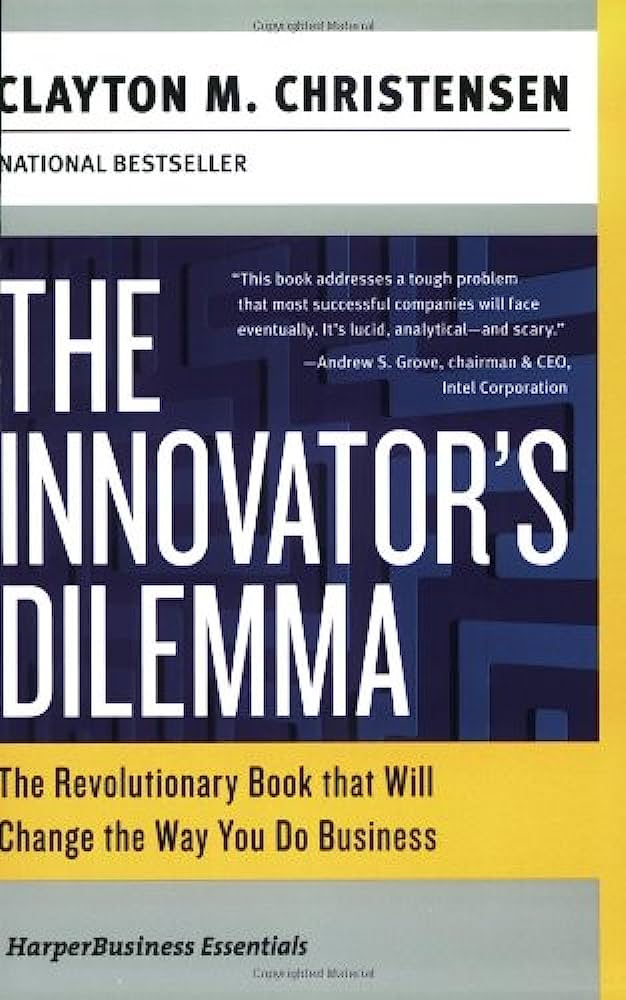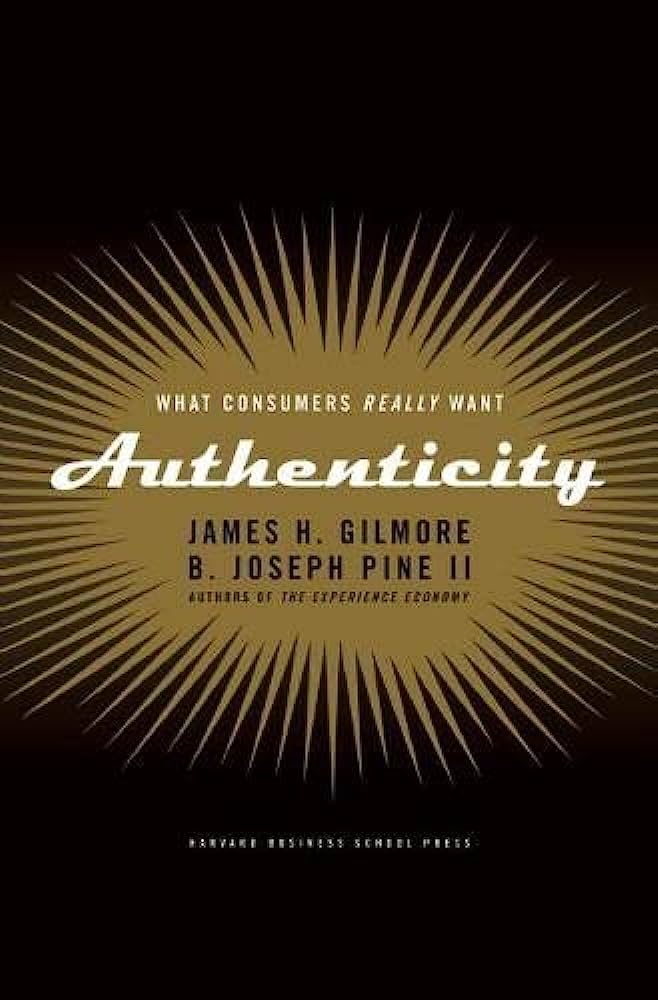The Storytelling Animal: How Stories Make Us Human
RATING


Jonathan Gottschall is an American scholar and literary critic. In this book, Gottschall weaves in elements of neuroscience, biology, and psychology to argue that storytelling and make-believe are central to the human experience.
Gottschall argues that humans possess an innate need for storytelling, and that our own minds and imaginations play an active, if unconscious, role in this. Gottschall points out that storytelling and imagination play an important role even in those spheres of life which we traditionally regard as rational and ‘fact-driven’ – notably work.
True to his central thesis on the importance of storytelling, Gottschall tells a compelling story across these 250 pages. His book represents pop-science at its finest, as Gottschall is able to synthesise cutting-edge neuroscientific, biological and psychological research while avoiding tricky jargon.
The usefulness of this book in the business sphere is ultimately quite limited. While the central thesis is important, it can be gleaned from the first few pages. Gottschall draws on a few direct business examples (such as the success of Vince McMahon’s WWE) and makes some general arguments about the importance of storytelling both in the boardroom and in engaging customers; however, many of his business-related observations are simple common sense and are likely to be known to a business reader. We are left with a desire for a clearer methodology on how one can become an effective storyteller and apply this principle in the business sphere.
Humans live in landscapes of make-believe. We spin fantasies. We devour novels, films, and plays. Even sporting events and criminal trials unfold as narratives. Yet the world of story has long remained an undiscovered and unmapped country. It’s easy to say that humans are “wired” for story, but why?
In this delightful and original book, Jonathan Gottschall offers the first unified theory of storytelling. He argues that stories help us navigate life’s complex social problems—just as flight simulators prepare pilots for difficult situations. Storytelling has evolved, like other behaviors, to ensure our survival.
Drawing on the latest research in neuroscience, psychology, and evolutionary biology, Gottschall tells us what it means to be a storytelling animal. Did you know that the more absorbed you are in a story, the more it changes your behavior? That all children act out the same kinds of stories, whether they grow up in a slum or a suburb? That people who read more fiction are more empathetic?
Of course, our story instinct has a darker side. It makes us vulnerable to conspiracy theories, advertisements, and narratives about ourselves that are more “truthy” than true. National myths can also be terribly dangerous: Hitler’s ambitions were partly fuelled by a story.
But as Gottschall shows in this remarkable book, stories can also change the world for the better. Most successful stories are moral—they teach us how to live, whether explicitly or implicitly, and bind us together around common values. We know we are master shapers of story. The Storytelling Animal finally reveals how stories shape us.
Understanding that storytelling is a vital element of human experiences is important for any manager or designer who seeks to create memorable experiences for clients. Effective storytelling is also an important skill for leaders who seek to inspire and motivate their teams – this book can be seen as a companion-piece of sorts for Simon Sinek’s Start With Why.
See content on this topic

Understand the value of a customer-oriented analytics package and how behavioral scenarios can be used to improve profitability through influencing behavior and usage.
To understand the principles of game dynamics and learn how to effectively use the elements of gamification in business: to involve customers, employees and contractors in the process.
Understanding branding and communications from the standpoint of emotional engagement and building relevant and meaningful dialogue with customers.
This course covers a complete view of customer touch points (both physical and virtual) and a unique model for standardizing and managing customer contact models across channels including approaches for customer feedback, quality management, and migration.
Experiential Branding & Communications – Improving Brand Integration Through Emotional Engagement.
This course covers a complete view of customer touch points (both physical and virtual) and a unique model for standardizing and managing customer contact models across channels.




 Copy Link
Copy Link
 E-mail
E-mail
 LinkedIn
LinkedIn
 Facebook
Facebook
 Telegram
Telegram
 WhatsApp
WhatsApp


















 Go Back
Go Back
Leave a Reply
You must be logged in to post a comment.